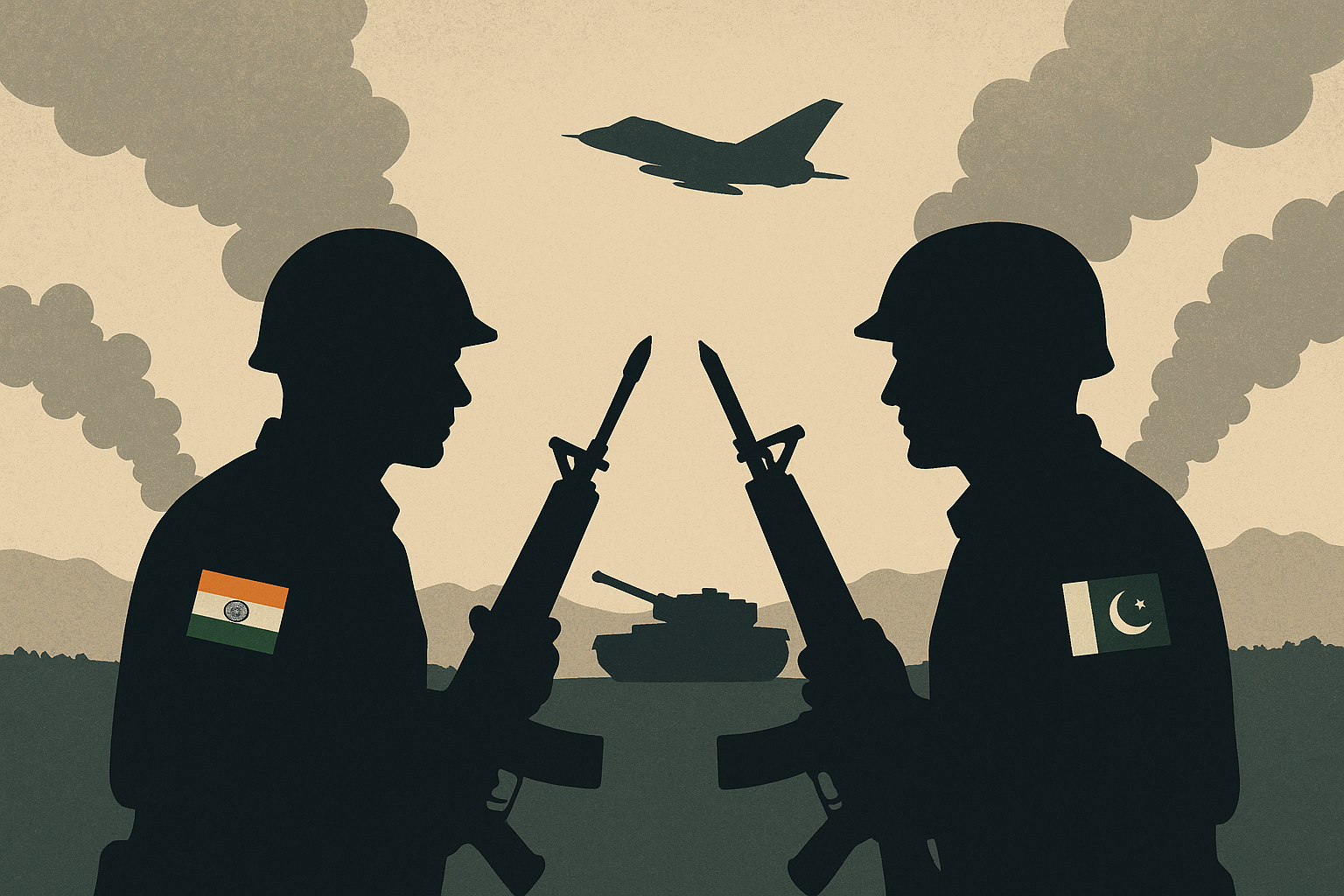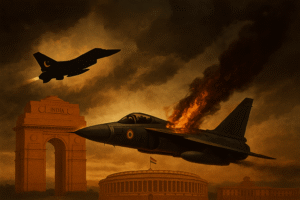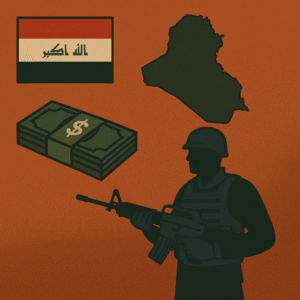War Does Not Bring a Peaceful End: Realists Looking at the 2025 India-Pakistan Conflict

An evocative representation of the 2025 India-Pakistan conflict, portraying the tense military standoff and the looming threat of escalation.
In May 2025, a new and dangerous confrontation between India and Pakistan took place on the Indian subcontinent, given that both countries are nuclear powers. A serious attack staged by militants in Indian-controlled Kashmir started Operation Sin door, a strong Indian campaign that attacked and damaged main Pakistani assets. Both sides were able to stop fighting quickly following international pressure, but this conflict confirms that wars have no long-term answers. According to Realist theory, the case shows how different states act out of fear, self-preservation and suspicion. This text analyses the May 2025 war by using Realism as its main argument and adding in facts and historical comparisons. It illustrates that the assumption of an anarchic world and the focus on power are reasons for the conflict there and its instability.
Overview of Realism: What It Is and What It Includes:
Realism believes that the main qualities of international relations are the disorder, selfishness and ongoing jostling for power by nations. According to Hans Morgenthau and Kenneth Waltz, states find themselves in a world without a governing body. Because staying alive is crucial, they count on military, economic and political strength to defend themselves
According to this model, influence, organizations and world cooperation seem secondary to the main influences of power politics. Even with everyone calling for peace, India and Pakistan are behaving like Realists.
Operation Sindoor: An Act of State Command:
After a deadly attack by militants in Kashmir in May 2025, India started Operation Sindoor. The campaign contained only a few deep strikes aimed at targets in Pakistan. Several of Pakistan’s air defense systems and fighter jets, two F-16s, a SAAB-2000 for detecting air threats early and a JF-17 Thunder aircraft were reportedly brought down by Indian strike aircraft.
According to Rajnath Singh, Minister of Defense, India kept the attack confined to avoid a big conflict (Economic Times). Pakistan has denied all these accusations. There has not been any official report of advanced fighter jets or air defense systems being lost during the day, stated officials. Both Pakistani media and its military pointed out that such warnings might have been made to show power, but did not aim to actually involve the two countries in fighting.
This result highlights another aspect of Realism: the concern for state safety and its image. Denying the attack keeps spirits high in Pakistan and prevents a bigger situation from arising. This is how Realism works: focusing on value and loss, survival instead of emotion.
The Strategic Restraint and Nuclear Deterrence Practice
Each country is thought to possess between 160 and 170 nuclear warheads, according to the Washington Post. As a result, terror is kept in balance by nuclear deterrence. Although Realism emphasizes that the threat of both sides being destroyed prevents large wars, it points out the existence of a security dilemma.
In trying to defend itself, one side causes increased fear for the other and triggering an arms race. Both nations behaved differently after the ceasefire: India bolstered its air defenses, but Pakistan ran more tests of missiles. This growing uncertainty is what Realists believe leads to the conclusion that real peace when there is no hierarchy is impossible, only a temporary balance.
Recent examples of such attacks were Pulwama, Uri and Kargil.
Operation Sindoor is not the only time Indians have fought in battles. In February 2019, a suicide attack at Pulwama caused the Indian government to launch airstrikes on a suspected camp at Balakot. India carried out surgical strikes in 2016 after the Uri attack took place. It was in 1999 that the Kargil dispute brought the two countries just a step from nuclear war. Methods other than diplomacy are needed since conflicts keep breaking out between India and Pakistan. Only a careful balance between states leads to
Realist trends were seen after every event, with attack, escalation in aggression and the system reverting to cold peace. Just as Realism states, nations respond to one another, aiming to promote their own interests, instead of based on thoughts of morality.
How Misinformation and Cyber Conflict Work
Though the main fighting got most of the attention, it became clear in 2025 that digital tactics can increase the risks to national security. Information with no basis, false pictures and fake death or injury figures appeared everywhere on social media, mainly on X and Facebook. Because of this, both governments came under strong public criticism to act firmly. This kind of power warfare is acknowledged by realism. Guns and tanks are still used, but what happens online is becoming more important in how decisions are made.
War Can Cause the Economy to Backslide
Conflicts between the two nations are very costly for both countries, India and Pakistan both invest 2.5–3% of their GDP in defense according to the World Bank. Because of this, money for healthcare, education and preparing for climate change is missing where it is most needed in both nations. During the 2025 conflict, trading with other countries became impossible, tourism decreased in the region and foreign investors were put off by the situation. After the conflict, Moody’s cut Pakistan’s rating and India’s stock market, the Sensex, fell by 700 points because investors were worried.
Following Realism: The Next Steps
-
The events in 2025 prove many central Realist theories.
-
Since no global police exist, anarchy goes on and states have to defend themselves.
-
Working alone became the usual trend: India undertook development on its own. No country tried to help China using an alliance system.
-
Military power was the main factor in deciding whether or not the operation was successful.
-
Peace can easily break down, as ceasefires just give a momentary pause, not permanent peace.
Realism, however, doesn’t back conflict; it highlights that the best we can do in such a system is keep peace by threatening and restraining bellicose actions.
The end message: War leaves no Winners:
Even though India emerged ahead in tactics, both parties suffered after the 2025 conflict. There were losses of life, economic turmoil and regional harmony was broken. Finally, Realism demonstrates why power is vital, instead of praising it. According to the theory, India and Pakistan will keep working for their own gain until there is a more secure balance between them.
The results of war are always conflict, not lasting peace. It has the effect of making people afraid and lead to retaliation. Once again, the lesson for South Asia is: both nations must realize that lasting peace results when they agree to coexist instead of seeking dominance.



